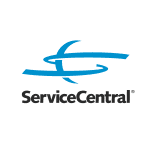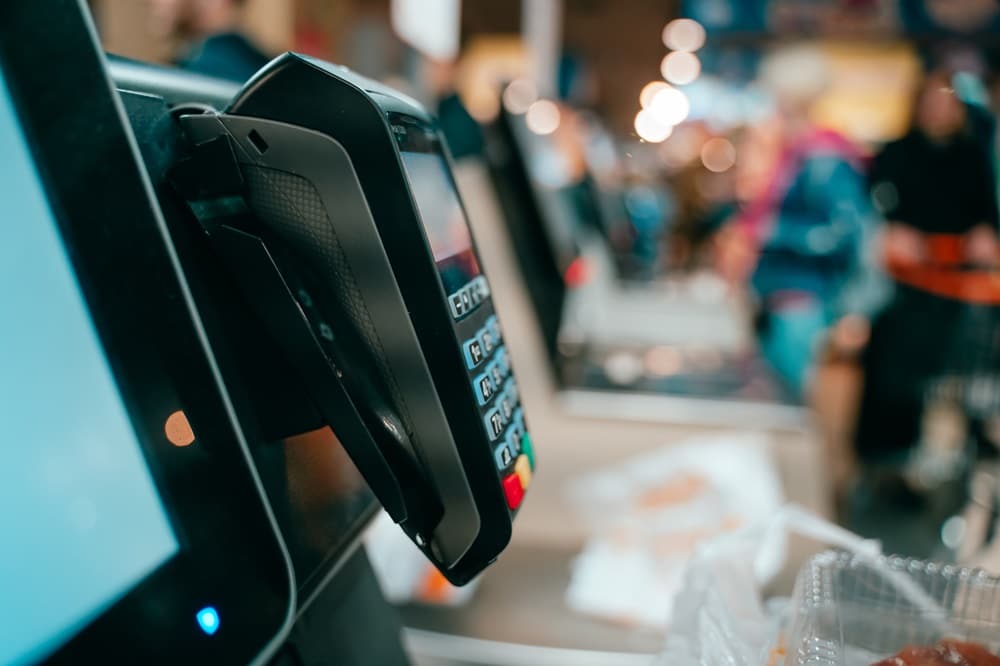RMA management and general reverse supply chain operations can be easily made complicated via broken processes and inaccessible interfaces. Workflow standards are difficult enough to successfully implement internally. When you’re dealing with several partners at once, especially for product returns and warranty claims, standards can be all the more difficult to maintain.
ServiceCentral provides software for enterprise service management and needs unique to businesses operating within the reverse supply chain process. In this blog post, we break down the elements that matter most when it comes to workflow standard maintenance.
Control Over the Basics
Your workflow standards shouldn’t be restricted to the bounds of whatever software you or your partners are utilizing. One sure-fire way of holding workflows to the standard that works for your business is the implementation of software that enables a dynamic approach to workflow processes. In other words, your software should allow each business’s process to be handled via a different workflow and program, providing you control over the data collected and the flow of the process.
Customization for Configuration
Taking matters a step further, a configurable workflow engine is what can separate your reverse logistics process from the competition. With software like ServiceManager, your workflows can include any number of statuses and configurable pages which can contain any number of core and custom fields.
You can also integrate your workflow into a sophisticated inventory process system, which itself is highly configurable. This goes for all transaction types and relevant work order demands.
Checklists for QA
While control and customization can boost your workflow standard efficiency, you can only get so far without the necessary quality assurance. A simple checklist worked into your process can make all the difference. But as simple as it is to implement one, you may be surprised how easy it is to miss this step.
Your workflow system checklist should include each vital step in the workflow process, from initial customer interaction to repair complete, liquidation or manufacture return. Your system could have a variety of outputs and our goal is to highlight the options instead of assuming each step is followed automatically.
Customer Visibility
A standard in consumer product orders, reverse supply chain, and general consumer transactions, is product status visibility. Customers are used to seeing where their product is, its current order status, and any updates that may occur.
Your workflow standard should include status triggers for both internal efficiency (saving time and labor in the workflow process) and external relations with customers. Status triggers will trigger emails and SMS texting notifications for status changes like progress updates, authorization needs, and service completion.
ServiceManager Does It All & More
In addition to optimizing workflows, ServiceManager is also designed for warranty claims management, inventory management, and B2B interactions. We also serve OEMs and authorizers seeking an efficient reverse logistics network with ServiceNetwork, a 3PL software platform specifically designed for businesses seeking partners for repairs and returns.
ServiceCentral aims to serve businesses of all sizes along the reverse supply chain with complex reverse logistics operations, providing them with a streamlined, easy-to-use system that enables them to focus more on profit and less on the process.
Connect with us for more information or start a sales inquiry today.





